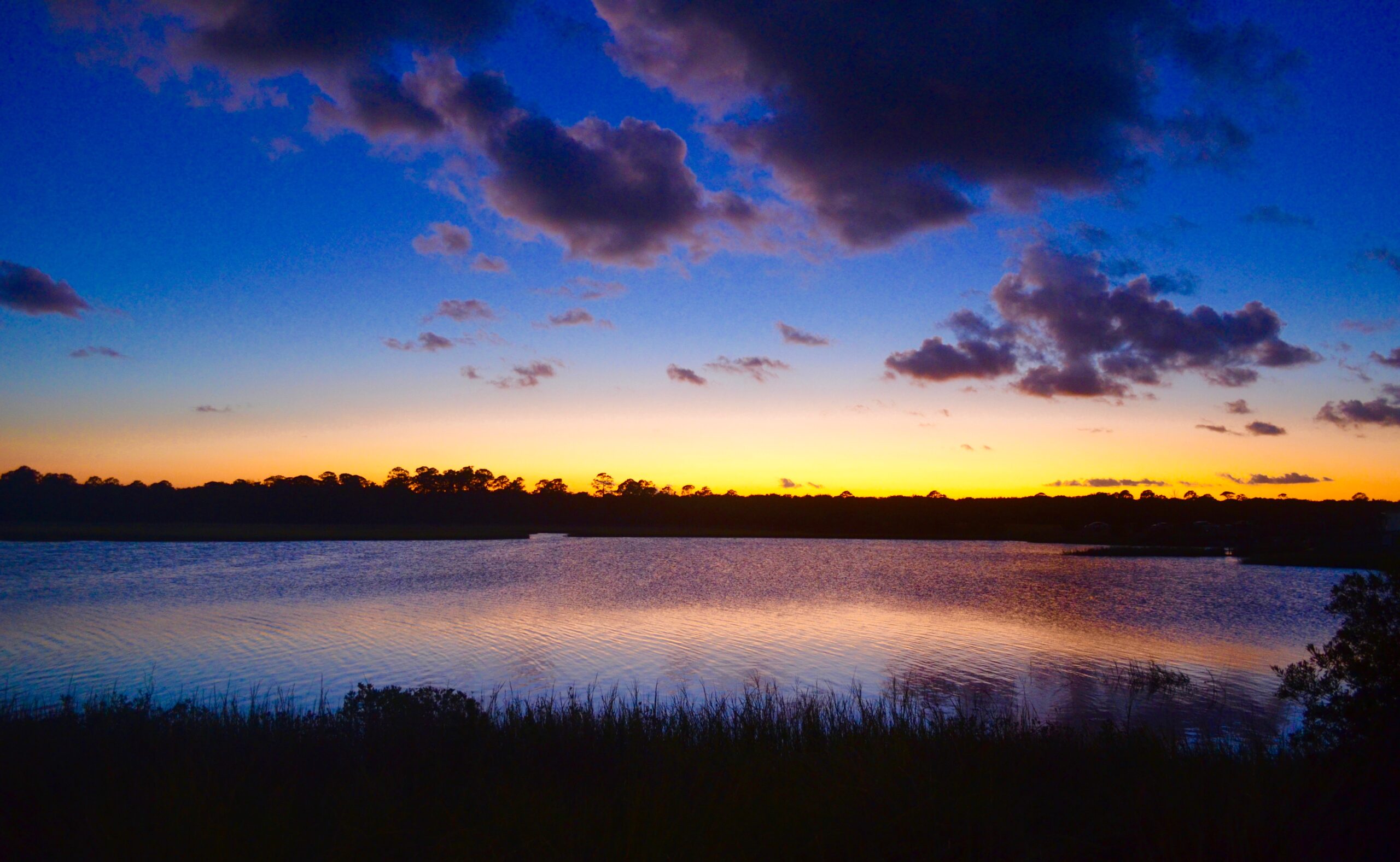Can Living Shorelines Lessen Erosion from Boat Traffic?

It depends on how much water they allow to pass through them.
I would describe myself as a frequent fist shaker whenever passing water traffic rocks my boat. Aggressive wakes place bystanders on the receiving end in real danger. But have you ever considered the effect of boat wakes on aquatic habitat?
Research Need
Research is showing a clear connection between boat wake energy and shoreline erosion, how sediment becomes suspended and transported away, and nearshore turbidity — the cloudiness or haziness of water from suspended particles, which hampers plant growth.
To minimize adverse effects of wave erosion, among other impacts, resource managers have been constructing living shorelines composed of marsh, oyster reef, and other natural materials. Well-established vegetation and reef structures diffuse the momentum in waves and boat wakes. However, little information is available on the success of this shoreline stabilization strategy against the actual erosional effects of boat wakes.
What did they study?
Researchers examined the effectiveness of experimental living shorelines (natural breakwalls and oyster restoration structures) along the salt marsh-dominated shorelines on the Intracoastal Waterway within the Guana Tolomato Matanzas National Estuarine Research Reserve in Ponte Vedra Beach, Florida. This waterway is popular among recreational boaters.
In particular, resource managers wanted to know if several natural and engineered energy breaks could help protect against shoreline erosion and loss of saltmarsh habitat vital to several species of juvenile fish.
Researchers placed PVC poles at six study sites to delineate the edge of the shoreline. Each site was divided up into three subareas, one of which remained unaltered in order to serve as a control. At two of each site’s subareas they set up three wooden breakwalls about 20 feet out from marked shoreline and spaced about 6 feet apart from one another. This placement best enabled the breakwalls to dissipate wave energy and allowed for sediment to deposit on the seaward edge of the vegetation.
Researchers also used two different wall sizes (at about 1 foot and 2 feet high) in order to test if wall height affected outcomes. The breakwall construction consisted of a matrix of pressure-treated fence posts and crepe myrtle branches.
Researchers later placed four oyster restoration structures behind each wall and about 10 feet in front of the shoreline. In order to see if and how erosion was affecting the shoreline, at the start of the study and during it, the team gathered soil samples, took underwater depth measurements by tape measure and acoustic pulse, and used readings from pressure sensors in front of and behind the breakwalls. They collected data for several months and then developed models to determine the performance of the breakwalls against boat wakes.
What did they find?
The effectiveness of a breakwall depends on its porosity — the degree to which water passes through it.
Because the diameters of individual branches differed among breakwalls, porosity also differed among the constructions. Most of the study’s breakwalls had a mid-range porosity.
A key finding was that breakwalls with low porosities act more like hardened structures, which reflect wave energy but result in a scouring effect that damages and steepens shorelines, in turn reducing plant and animal diversity.
Anything else?
Boat wakes suspend and carry nearshore sand particles into deeper water offshore, ultimately leading to shoreline steepening. Waves as small as 4 inches can alter slopes in sandy or silty unvegetated areas, and major erosive events occur with wave heights at about 1 foot.
In addition, wave height increases as water depth decreases. That means in shallower water your boat creates larger waves.
Reading
Herbert, D., Astrom, E., Bersoza, A., Batzer, A., McGovern, P., Angelini, C., Wasman, S., Dix, N., and A. Sheremet. 2018. “Mitigating Erosional Effects Induced by Boat Wakes with Living Shorelines.” Sustainability 10(2): 436-454.
A NERRS (National Estuarine Research Reserve System) Science Collaborative grant, administered by the University of Michigan, provided funding for this study.
Summary compiled by Sara Mirabilio
Photo: Guana Tolomato Matanzas National Estuarine Research Reserve, courtesy of GTM NERR via CC BY-NC 2.0
The text from Hook, Line & Science is available to reprint and republish, but only in its entirety and with this attribution: Hook, Line & Science, courtesy of Scott Baker and Sara Mirabilio, North Carolina Sea Grant. HookLineScience.com
- Categories:



